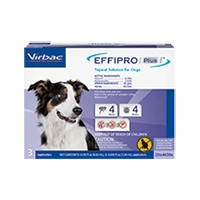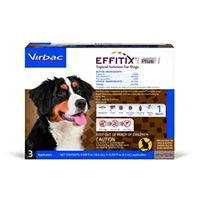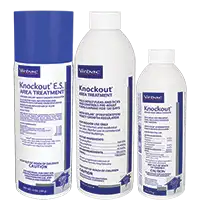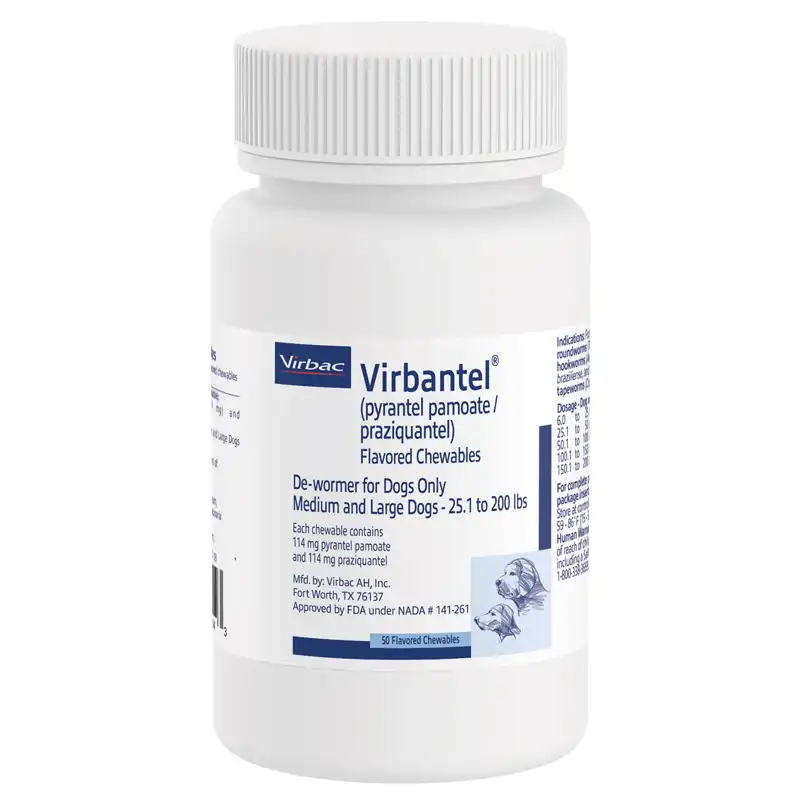Dog Parasiticides

Parasites have long been a burden to the health of both people and animals and these parasites continue to be a challenge today. Understanding the complexity and diversity of life cycles and means of infestation is necessary to be able to provide recommendations for the diagnosis, treatment, prevention and control of parasitic infections. The primary goal of veterinary parasitology is to protect animals and improve their health, but as some animal parasites are zoonotic and can be transmitted to humans, veterinary parasitology is also important for public health.
Parasites:
A parasite is an organism that lives on or in another organism known as the host. Parasites obtain nutrients from its host and are dependent upon their host for survival. There are many ways to group parasites including categorizing them based on their habitat, shape, family characteristics, feeding methods and interactions with their host. Parasites are often grouped as ectoparasites, endoparasites, and protozoa. These differences among parasites influence the types of parasiticides necessary to treat them.
Ectoparasites:
Ectoparasites are those that live on or inside the skin of their hosts. Fleas and ticks are common ectoparasites of pets. While some of these ectoparasites have preferred hosts they can also feed on other hosts, including people. Fleas and ticks spend a portion of their life cycle off the host, therefore environmental control is crucial in the management of these parasites. Many products only kill adult fleas, leaving 95% of the immature flea population alive in the house. Products designed to be used in the house to address immature populations are needed to prevent a flea infestation.
Endoparasites:
Endoparasites live inside the body and are often further categorized as whether they are intestinal parasites (such as roundworms, hookworms, whipworms, or tapeworms) and non-intestinal (such as heartworms). Some of these parasites can also cause zoonotic disease and treatment should also include cleaning the environment.
The Companion Animal Parasite Council (CAPC) is an independent, non-profit organization that is dedicated to increasing awareness of the threat parasites present to pets and family members. By generating and disseminating credible, accurate and timely information for the diagnosis, treatment, prevention and control of parasitic infections, CAPC works to educate pet owners and veterinary professionals. The following are guidelines that CAPC developed.
Companion Animal Parasite Council (CAPC) Testing and Protection Guided by Veterinarians[1]
- Conduct preventive physical examinations at least every 6 to 12 months.
- Conduct annual heartworm testing in dogs; test cats prior to placing on heartworm preventive and thereafter as indicated.
- Test annually for tick-transmitted pathogens, especially in regions where pathogens are endemic or emerging.
- Conduct fecal examinations by centrifugation at least four times during the first year of life, and at least two times per year in adults, depending on patient health and lifestyle factors.
- Prescribe control programs to local parasite prevalence and individual pet lifestyle factors.
- Adapt prevention recommendations to address emerging parasite threats.
- In areas where Lyme disease is considered endemic or emerging, vaccinate dogs against Borrelia burgdorferi.
- Confirm pets have been both recently tested for parasite infection and are current on broad-spectrum internal and external parasite control prior to boarding or visiting shared space animal facilities
Parasiticides
It has been very important to us to develop and market a broad range of products for pet parasite control in the US. These products include oral, topical and home environment products to help prevent heartworms, treatment and control of roundworms, hookworms, and tapeworms, and kill and repel fleas, ticks and mosquitoes, and manage the home environment. As with any product read the product label before use and follow the instructions. We also want to emphasize the importance for veterinarians and pet owners to read and follow all instructions for using each product and to contact us with any questions at 1-800-338-3695 or us.virbac.com.








